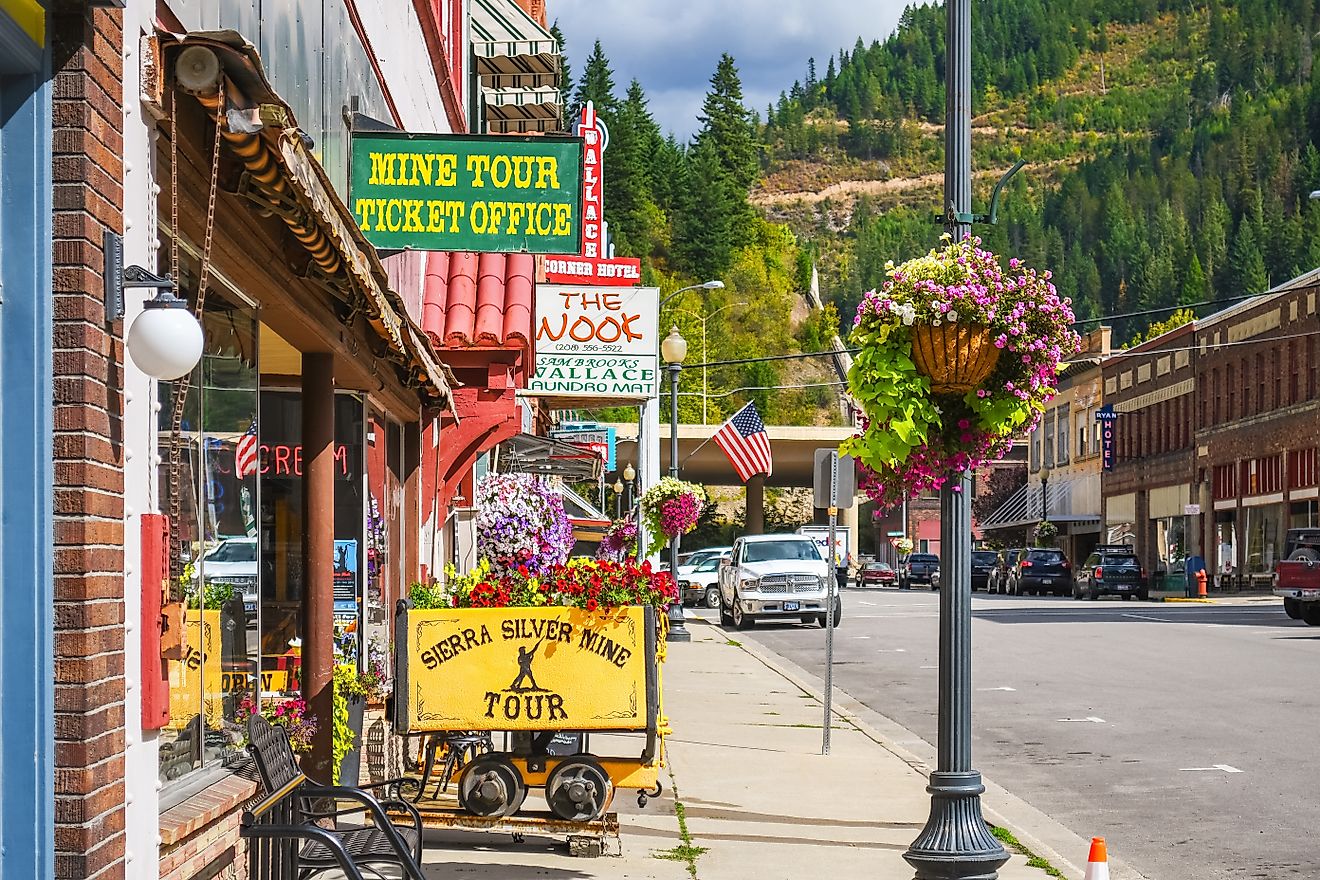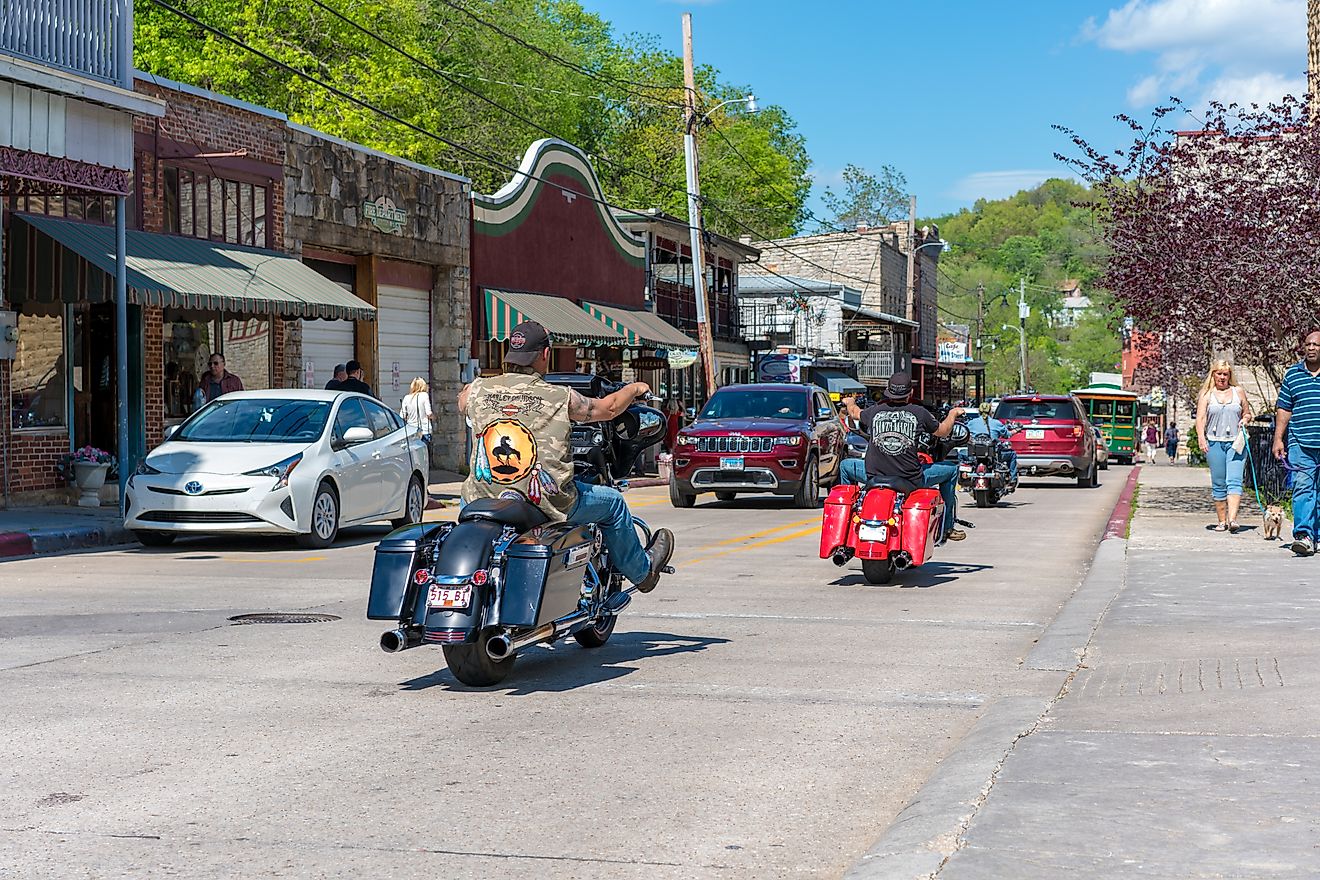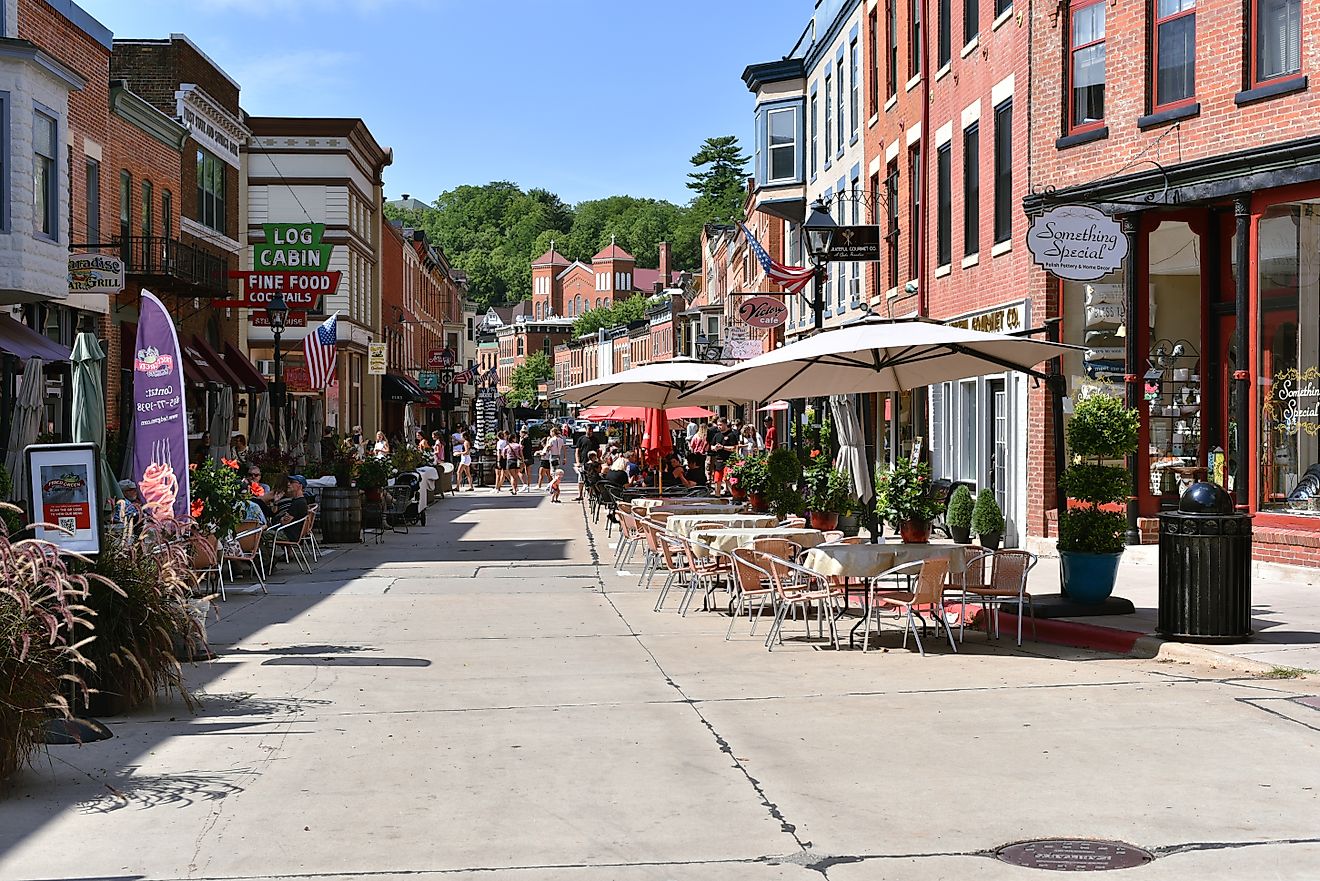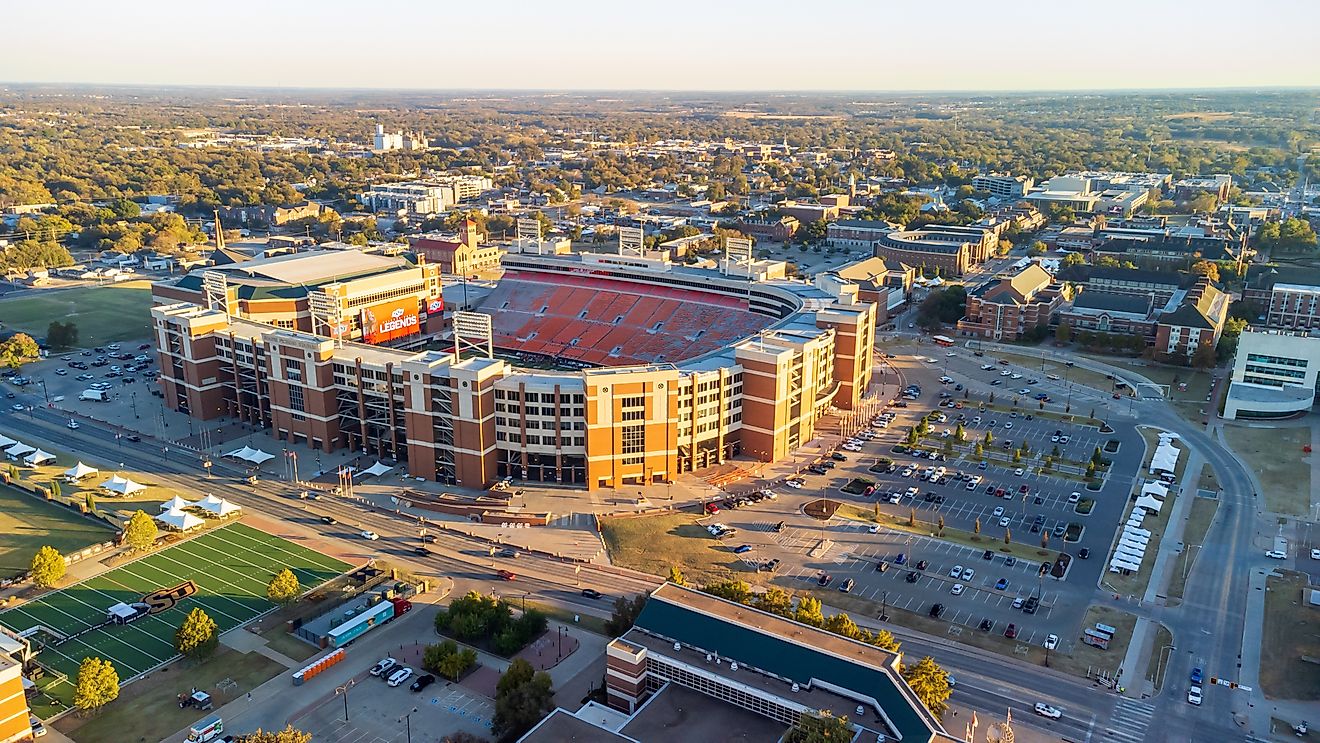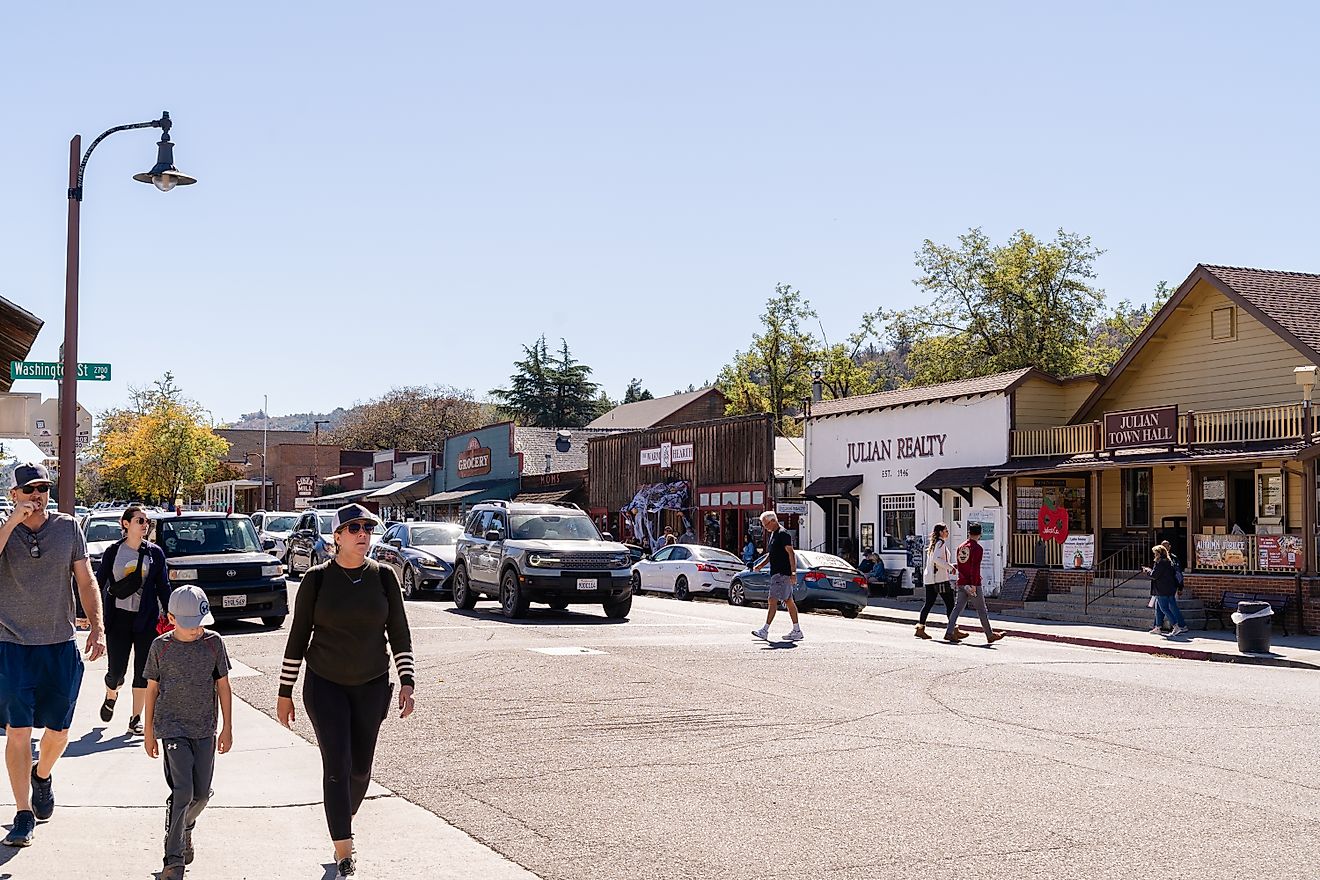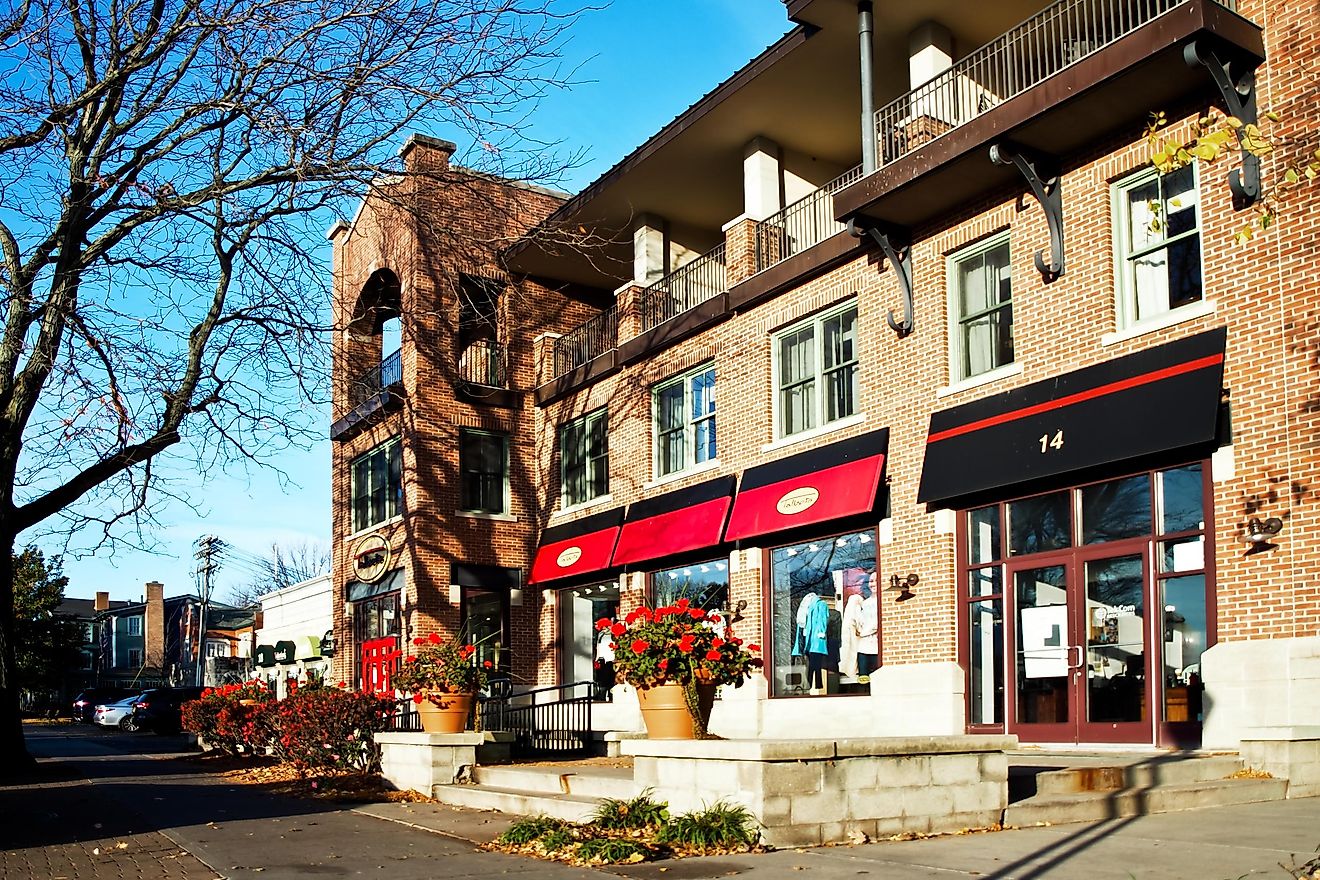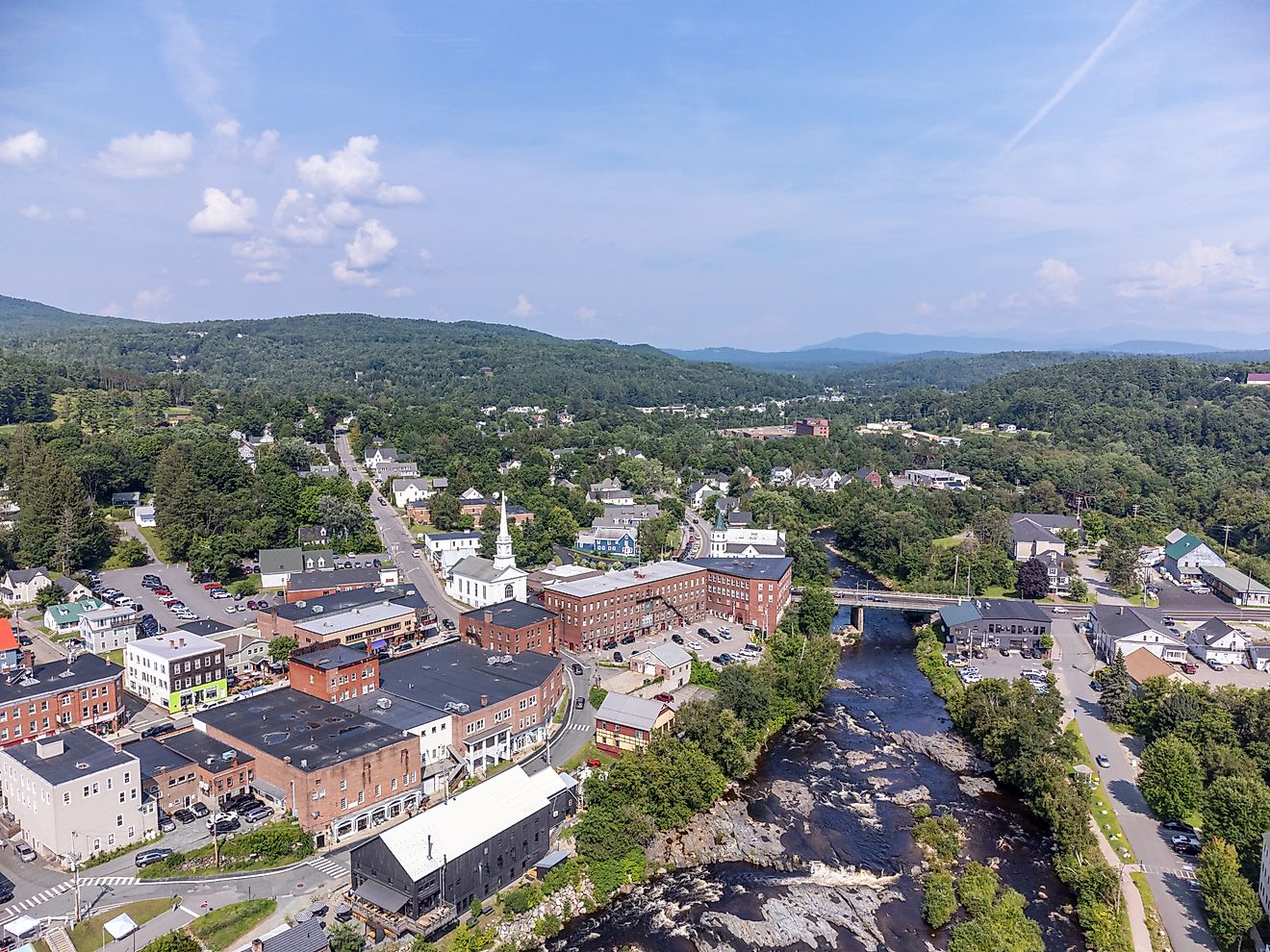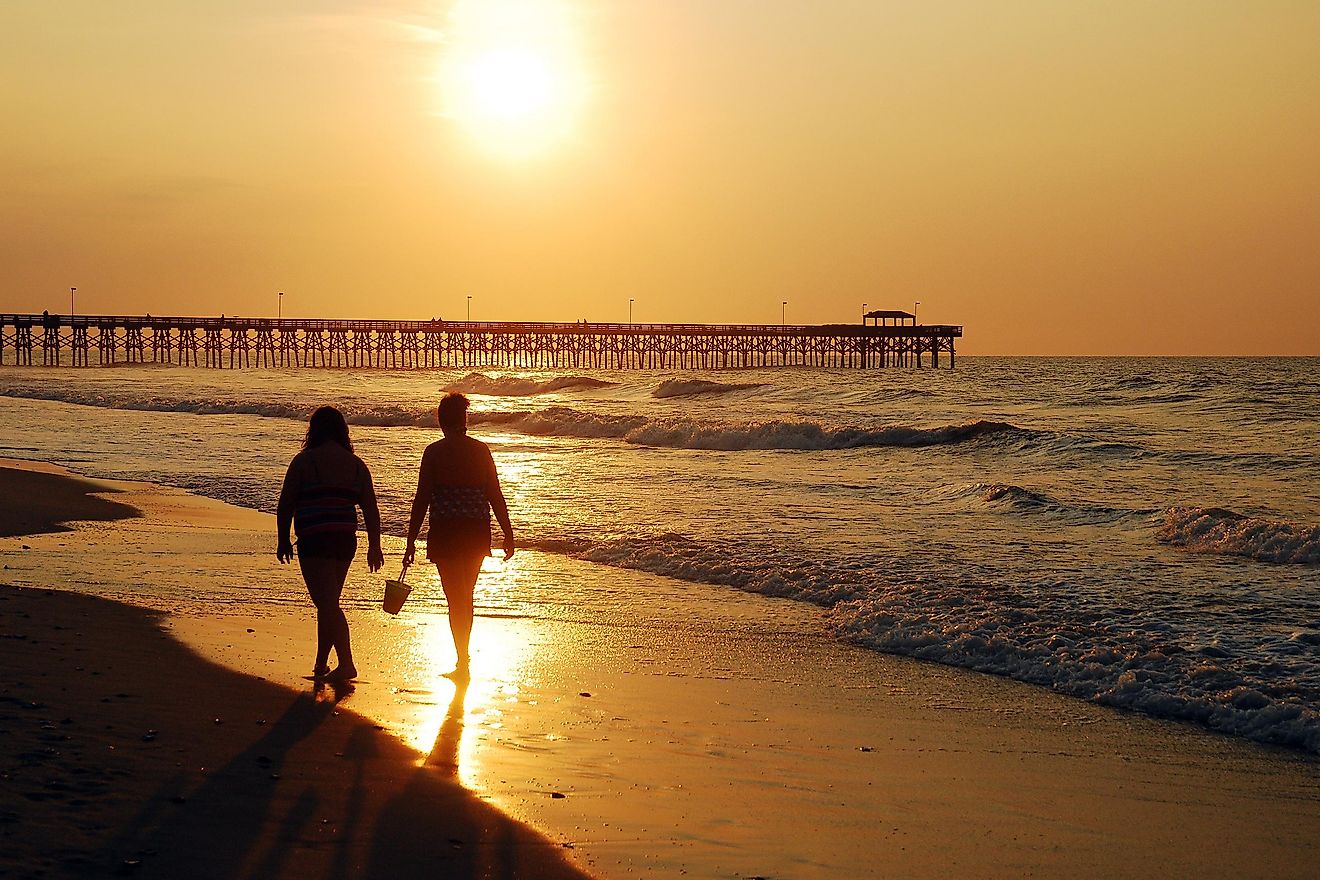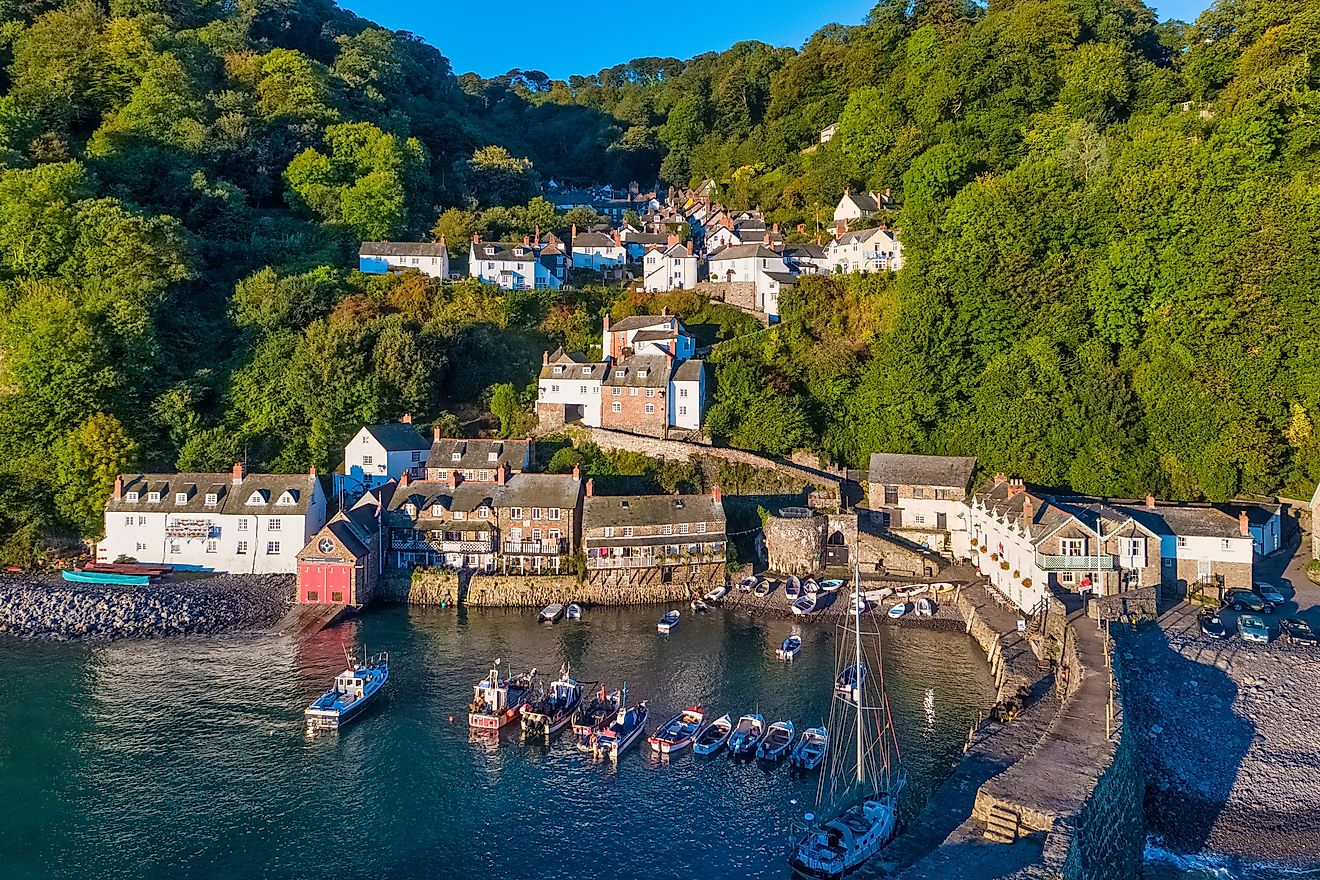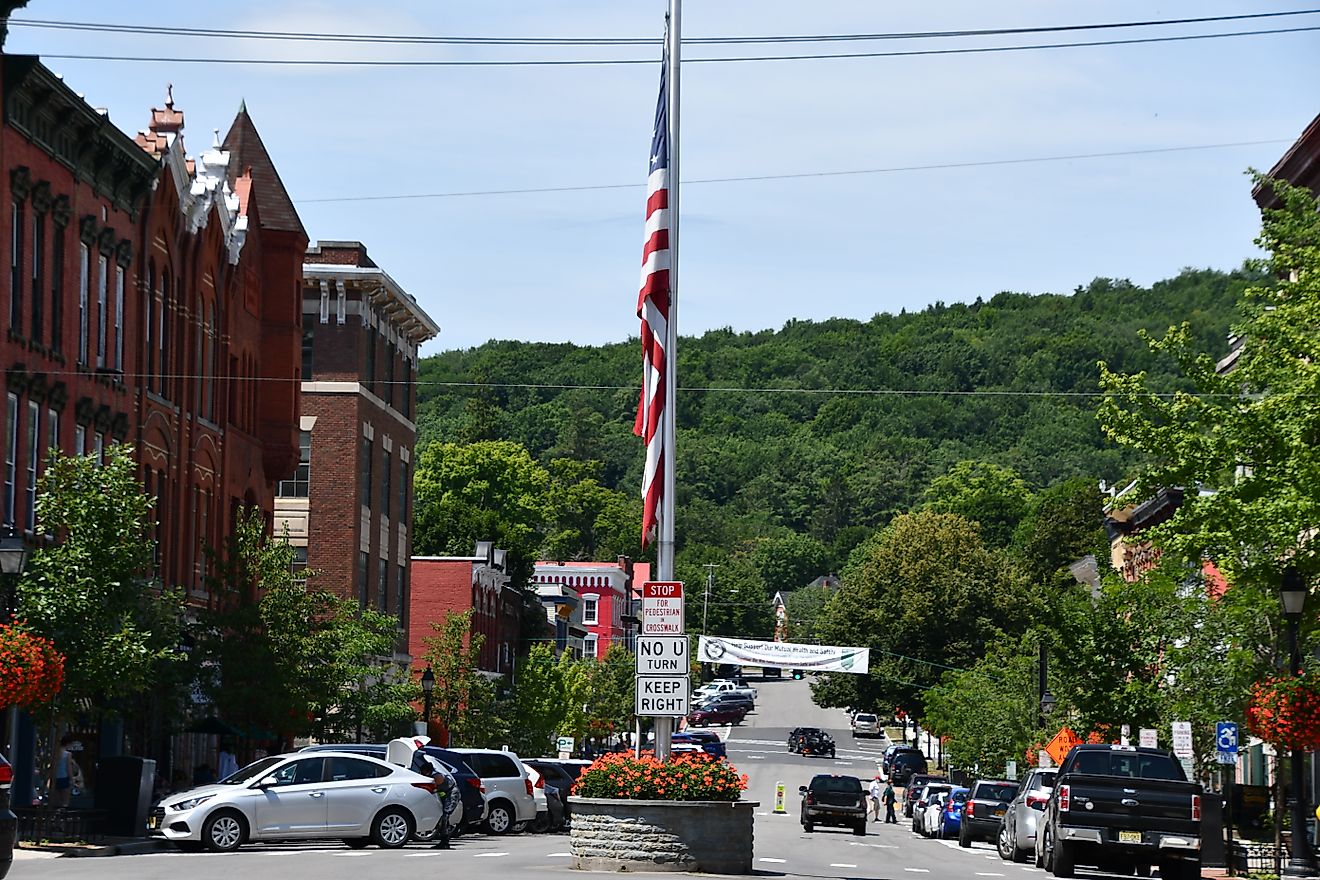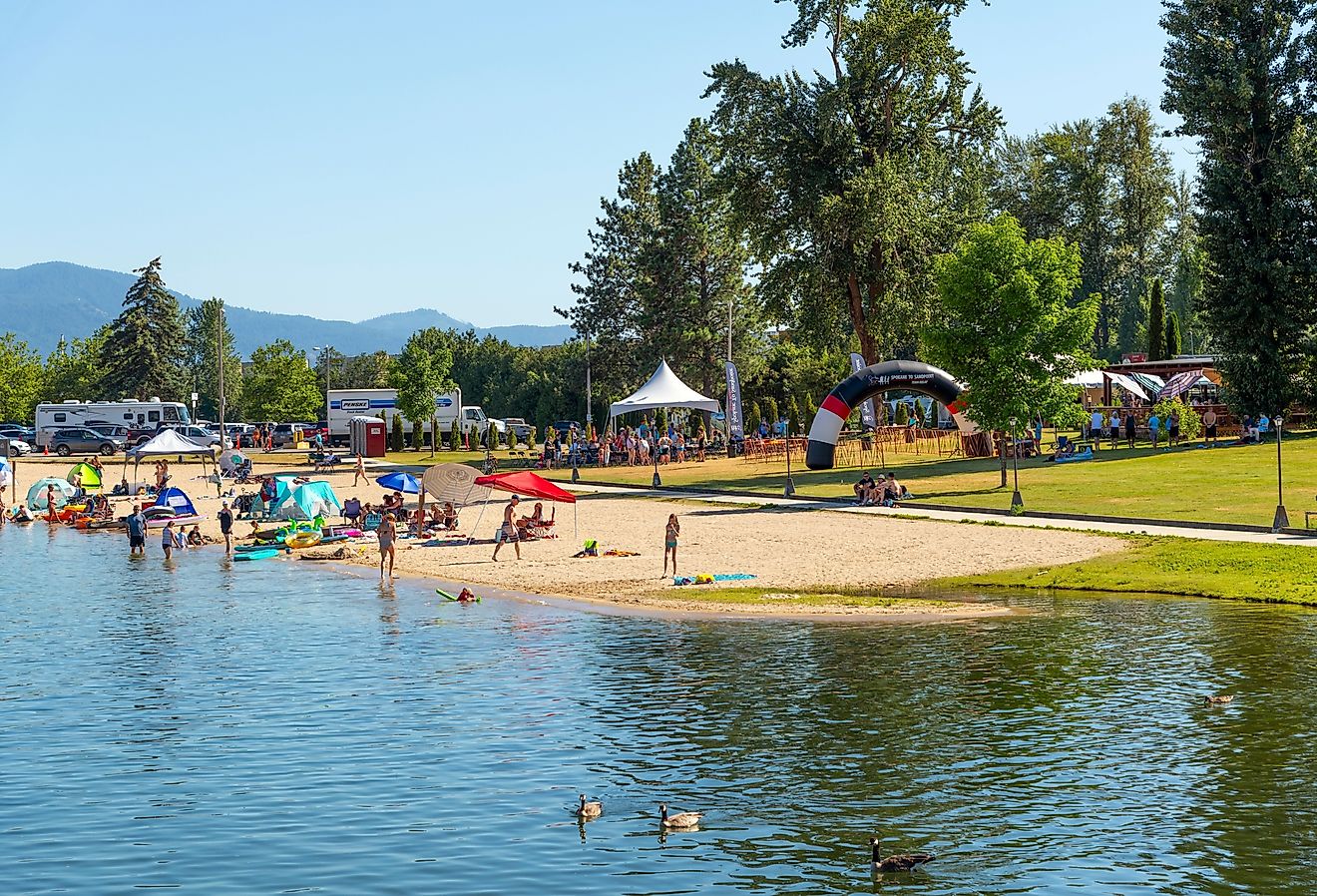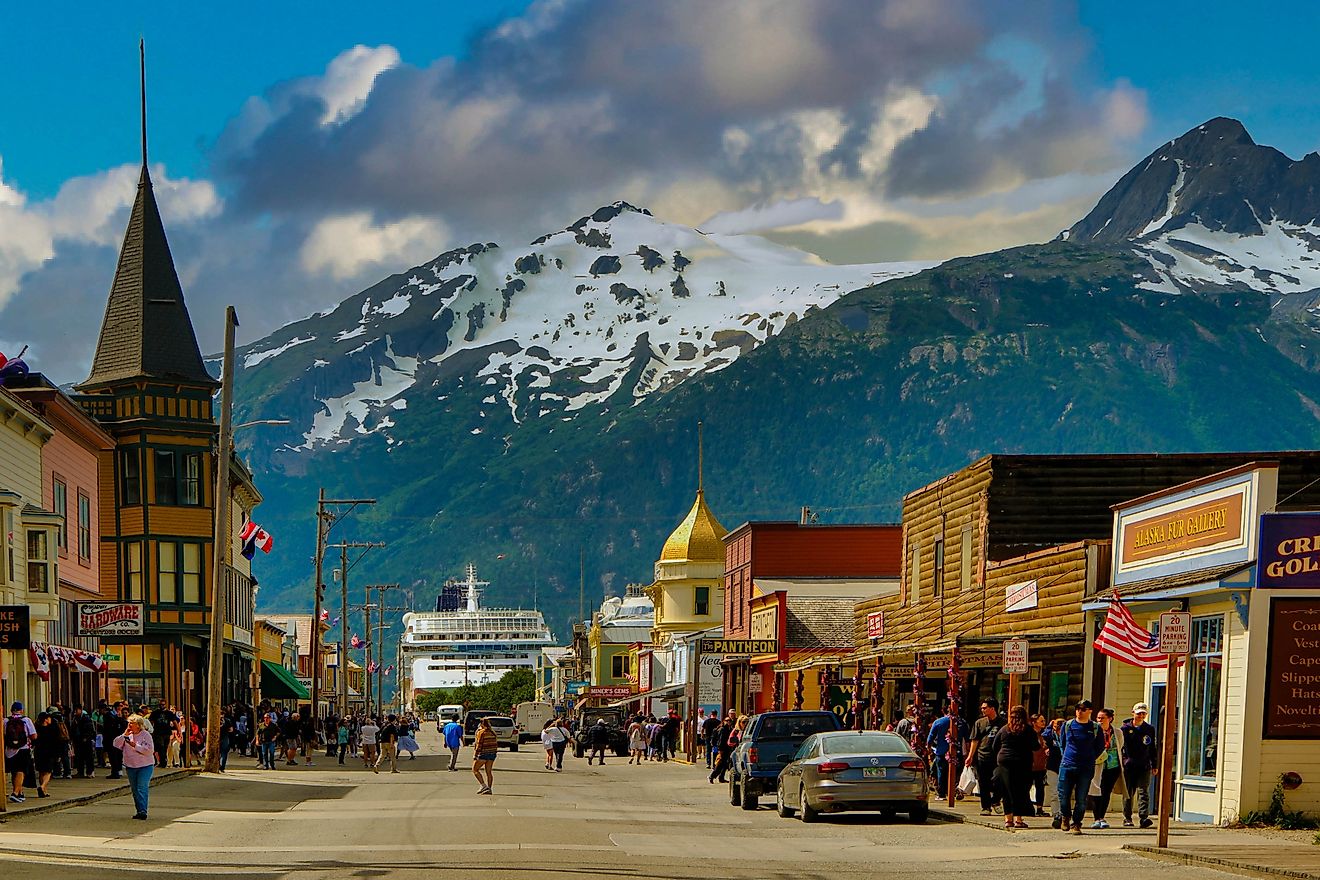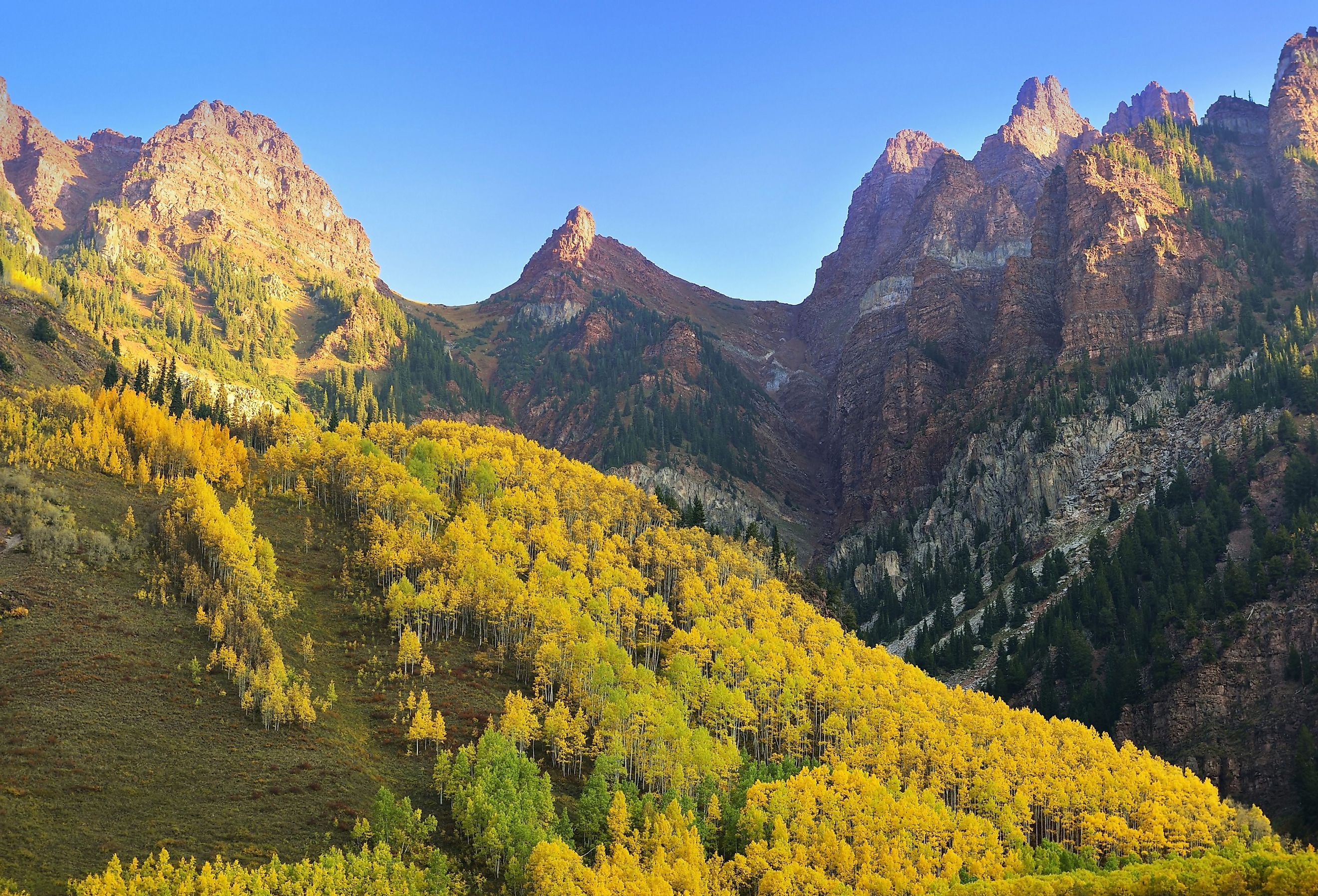
Gothic, Colorado
With its dramatic Gothic Mountain peak, the Elk Mountains range lies 1.1 miles from the strange little town called Gothic in Colorado. These mountains surrounded Gothic when people roamed and lived in it, and still overlook what remains of it today: a peculiar but fascinating ghost town.
Gothic is not a ghost town in the true sense of the word, however. The buildings and land still serve a purpose, and the town is the center of crucial biological research. Students arrive here in the summer to study the incredible ecosystem. The Rocky Mountain Biological Lab (RMBL), founded in 1928, maintains a presence in the town. An RMBL field station high up stands as proof of this presence. The laboratory also manages around 70 buildings in the town, which equals nearly 45,000 square feet of land. RMBL draws the largest gathering of field biologists to its pristine site every year to engage in ongoing research and collaboration.
However, the bustle of study and research tends to happen during the warmer months. The rest of the time, the town lies nearly forgotten but still beckons the adventurous to explore its beauty. A handful of residents remain and are the only ones who can genuinely guide visitors throughout Gothic.
The History of Gothic
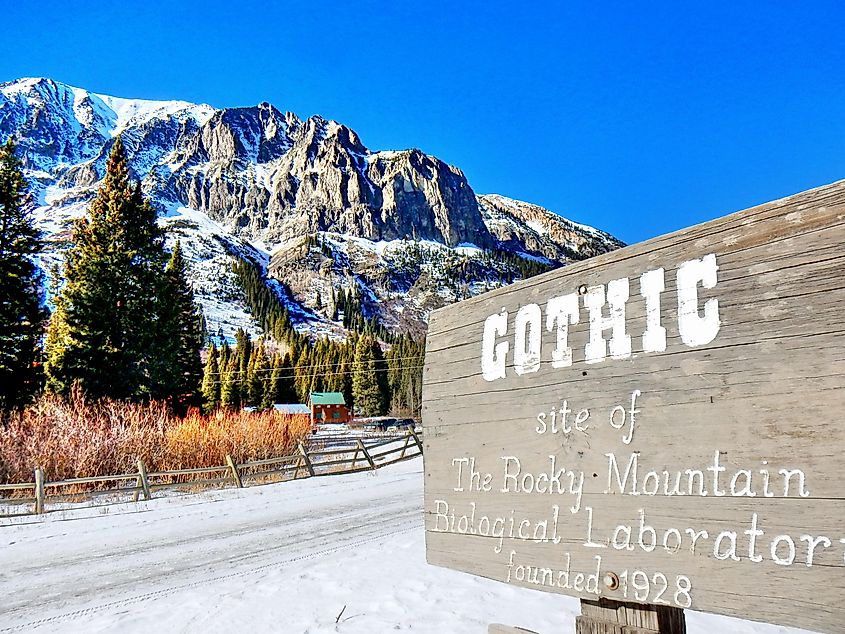
In 1879, an explosion at the nearby Sylvanite Mine rocked the Gothic area. The blast shot strands of “wire-silver” across the landscape. Unsurprisingly, prospectors soon arrived, hoping to become rich. Gothic bloomed into a mining town, surrounded and supported by larger silver mines. The town boasted 1000 residents in the late 1800s and even had its own post office for a while. Two hundred buildings sprung up, and news of the town’s prosperity traveled far and wide.
Prospectors discovered more than just silver; gold, ruby silver, galena, and pyrite deposits were also uncovered in several mines built since they first arrived. President Ulysses S. Grant visited Gothic in 1880, lured by the promise of wealth. Horace Tabor invested in the Elk Mountain Bonanza newspaper. Things were going better than anyone could have dreamed.
Then, the Colorado silver boom hit a brick wall. The Sherman Silver Purchase Act, which saw government silver purchases nearly double, was repealed in 1893. Silver prices tanked, and the end of the boom was swift and final. Prospectors and their families headed elsewhere, leaving the town behind. By 1914, the town was all but deserted. One man, Garwood Judd, refused to abandon his home. He stayed at least another fifteen years, determined not to leave the place he loved. In 1928, Dr John Johnson bought the land here and established the RMBL.
The RMBL does incredibly important work. Professors and scientists have published more than 1,500 scientific papers in Gothic studying climate change and ecology. The laboratory recently introduced winter research projects for researchers to learn more about the area and how climate change and other factors affect it throughout the year.
Visiting Gothic
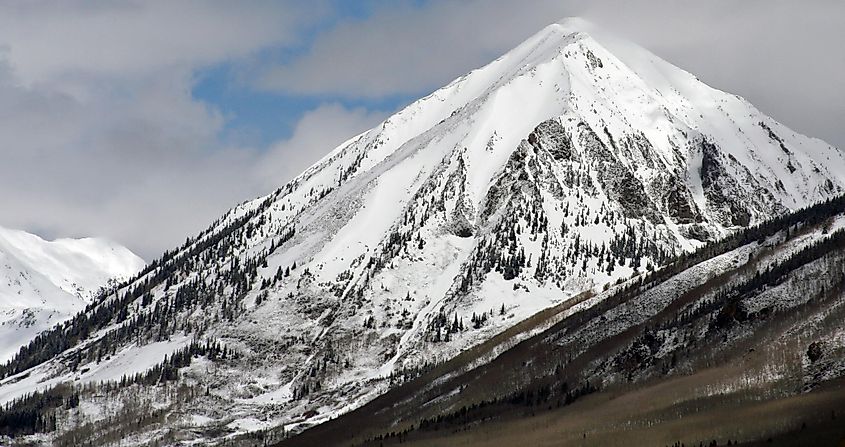
Other than the four permanent residents and the summertime researchers, tourists have also explored Gothic's limits. Some arrive in winter for snowmobiling, while others flock to Gothic in the summer for mountain biking. The 14-mile 401 Trail, snaking around Gothic, is one of Colorado’s best mountain biking trails.
Then there are those who come for the ghost stories. Those who want to soak up the historic atmosphere or spot the ghost of a prospector disappearing around the corner of an old builder.
It is said that those who worked hard to become rich in Gothic faced many hardships. Snowslides resulted in instant death. Some of the mines collapsed while workers were underground. Miners became angry and frustrated at their lack of success towards the end of the mining boom. They took out their frustrations on one another. Some of these conflicts allegedly led to murder. Today, there are still bullet holes in the walls of the old town hall, forever proof of stirred-up emotions and anger. It is also believed that the townspeople murdered an innocent man. They celebrated as he hung from a tree, slowly dying.
These people's lives continue to echo through Gothic, or so they say. People have reported seeing a hitchhiking ghost at the cemetery in nearby Crested Butte. When asked where he wants to go, the ghost replies, “Gothic.” Some who picked up the hitchhiker reported a terrible smell emanating from him. Others claimed the ghost asked them about their car, calling it a strange wagon.
The Legend That Is Billy Barr
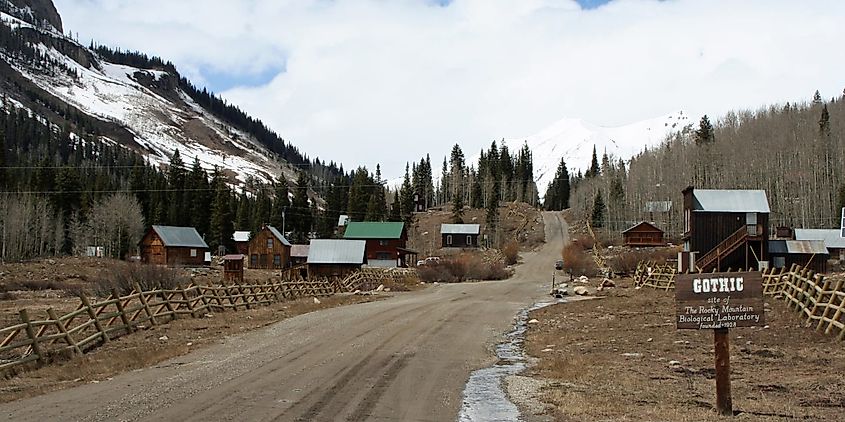
Then there is Billy Barr, the real-life legend who has nothing to do with ghosts. Barr worked at the RMBL for a short time as a student researcher in 1972. He decided to stay in Gothic after completing his tenure as a water quality measurer. Soon, he became known as a mountain hermit and an eccentric one at that. However, the legend of Billy Barr extended to much more than being a recluse.
By the middle of the 1970s, Barr started collecting ecological data. He measured temperatures and noted the depth of snowfall. He wrote down when animal species arrived and left. Because Barr was always around, he started looking after the RMBL. It was good for the company to have an onsite ‘caretaker.’
It took several more years for Barr’s work to be made public. Just before the turn of the millennium, the RMBL ecologist David Inouye realized just how valuable Barr’s research and data were. He shared this with his fellow scientists, and ever since, Barr’s meticulous data records have been included in scientific publications that detail the effects of climate change and global warming. Barr’s research, which started as a hobby, continues to shape climate research in the broader Rocky Mountains range.
Gothic Remains A Lonely But Enigmatic Place
Despite the sporadic visits by researchers and the four locals, including Billy Barr, Gothic remains a ghost town. Silence descends here, especially during winter, and a deep cold overtakes the landscape. On Halloween night, 2022, Gothic was the coldest place in the contiguous U.S., with a recorded temperature of just 9 degrees.
If you want to experience Gothic but have no time for cold weather or are wary of abandoned buildings, you can always check out Billy Barr’s live camera feed. The camera keeps an eye on Gothic, so to speak, and highlights the splendor of this virtually untouched area of Colorado. And, who knows, as you watch the sun rise and set over the snowy mountains overlooking Gothic, you may spot a figure or two hovering over the place they called home over a hundred years ago.
